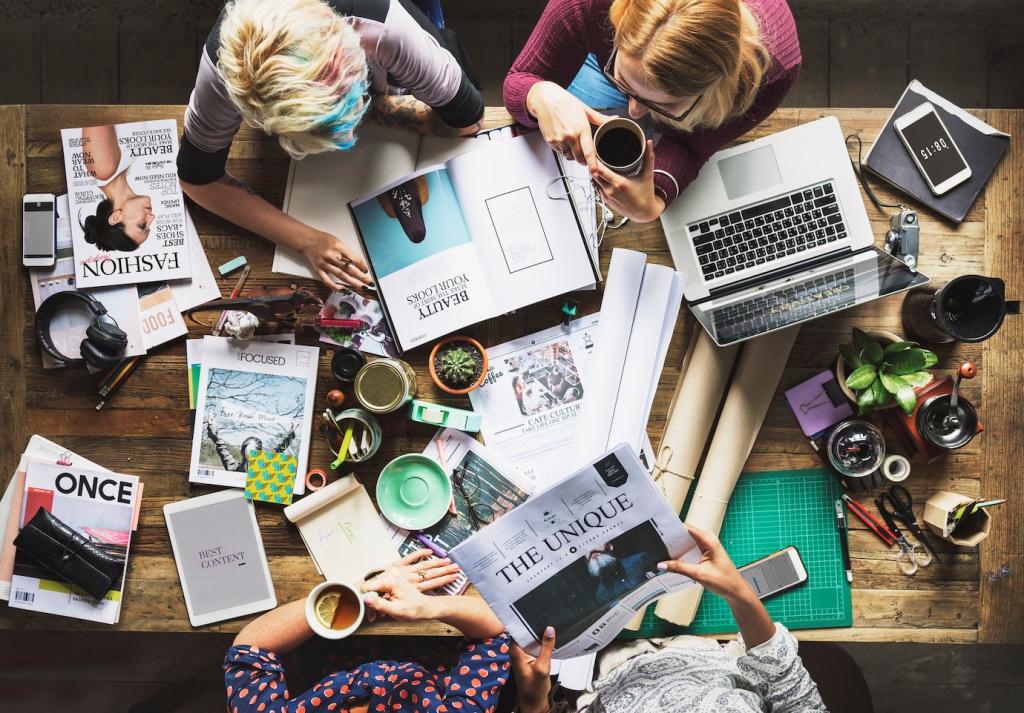Biophilic cues: nature as a mental health ally
Studies show brief nature exposure improves focus and mood. Even street trees and planters reduce stress. Add layered plantings, seasonal blooms, and shade to invite gentle fascination that recharges our mind after intense tasks or crowded commutes today.
Biophilic cues: nature as a mental health ally
The soft murmur of water masks traffic noise, establishing an acoustic refuge. Fountains double as landmarks and social magnets. Consider maintenance and access; gentle, splashable edges invite safe play and sensory delight across ages and abilities daily.









